7 Wartime Recipes That Were Barely Edible—And 7 That Were Surprisingly Delicious
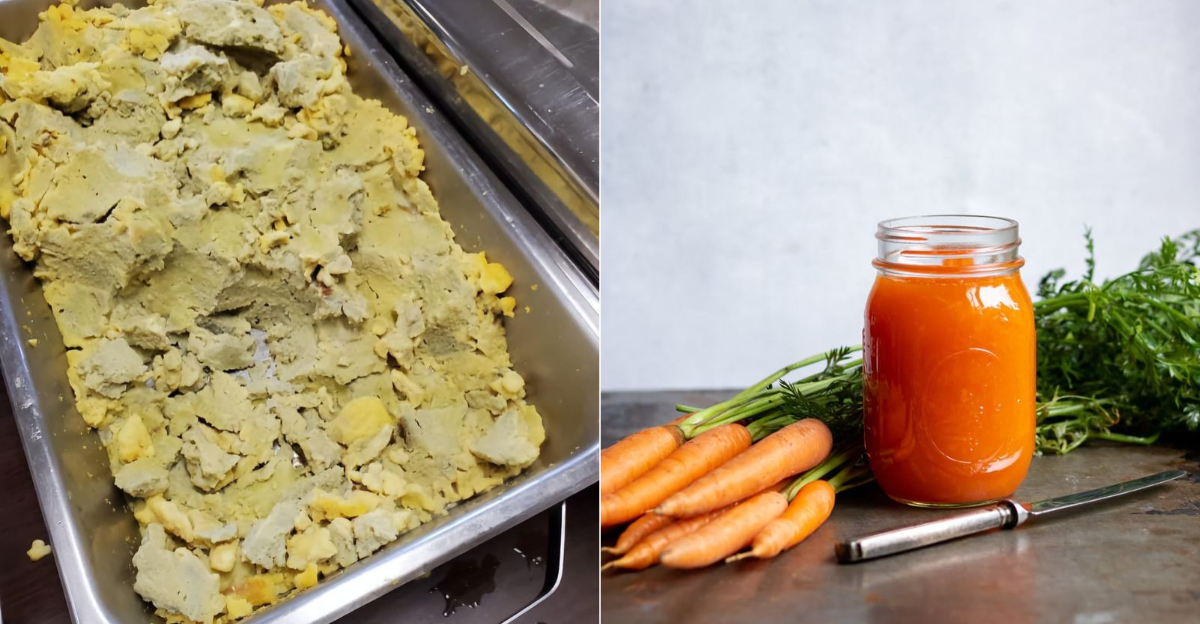
During World War II, food wasn’t merely scarce: it faced strict rationing, creative stretching, and bold reinvention. With meat, dairy, sugar, and other staples in short supply, home cooks unleashed remarkable ingenuity in their kitchens.
Some culinary creations proved best left in the past, while others emerged as surprisingly delightful, some enduring as cherished comfort food classics.
1. Liver Loaf

Imagine meatloaf, but with the flavor turned up to 11 in the worst way possible. Liver loaf was born out of necessity, using organ meats to stretch meals without expensive cuts.
The strong metallic taste, combined with dry breadcrumbs and mystery seasonings, made it more punishment than nourishment for many families. Kids dreaded it. Even gravy couldn’t save this one.
2. Mock Goose
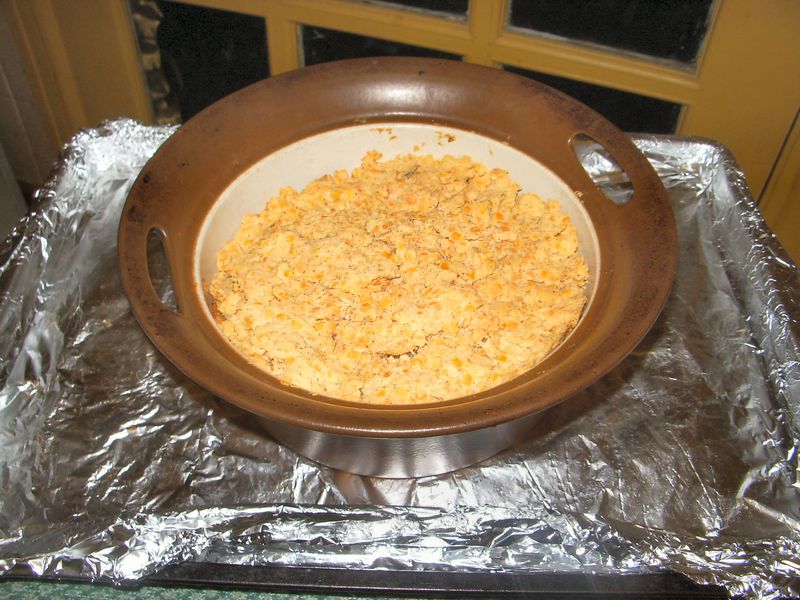
Despite its charming name, Mock Goose contained no goose and barely any meat. Typically made from mashed potatoes layered with sage and a few scraps of fatty sausage or bacon, it was baked in the oven to resemble the skin of a roast.
While it may have looked golden brown, it certainly didn’t taste like a holiday feast. Most people merely tolerated this imposter.
3. Carrot Cookies

Indeed, these cookies relied on grated carrots for sweetness in place of scarce sugar. While carrots possess natural sugars, they hardly evoke the joy of dessert.
Their dense texture and earthy flavor disappointed, and even a makeshift frosting, when possible, failed to deceive discerning palates.
Youngsters felt betrayed at teatime, viewing these treats as more deception than delight.
4. Dried Egg Powder Omelets
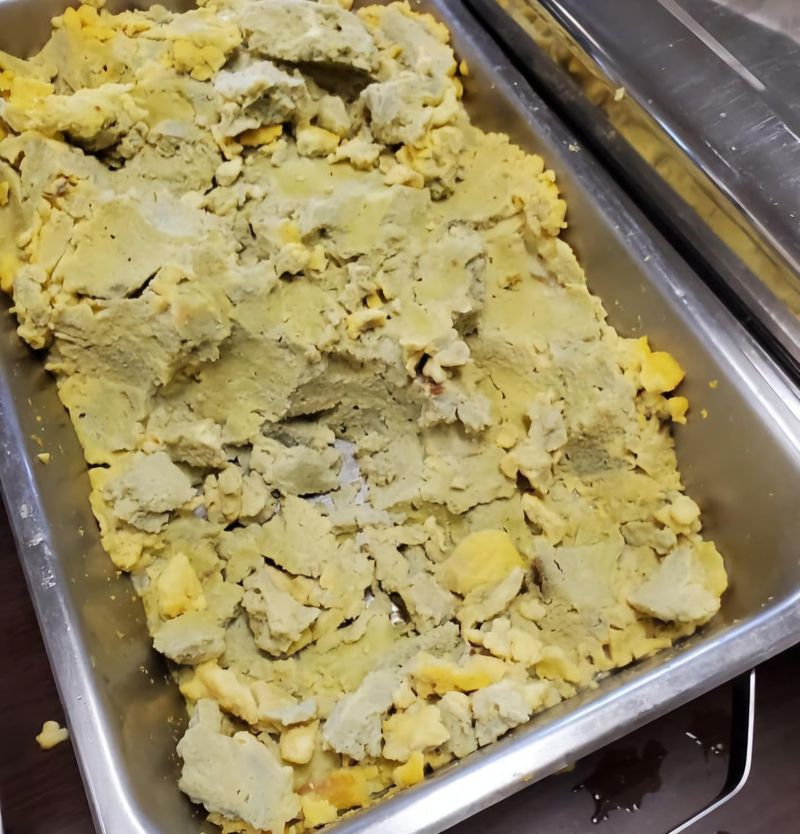
With fresh eggs in short supply, dried egg powder became a kitchen mainstay. Yet, reconstituting it often yielded rubbery omelets with an odd flavor, barely resembling their fresh counterparts.
These creations appeared gritty, pale, and carried an unpleasant aftertaste that lingered unpleasantly. Cooks of the era acknowledged this dish’s challenge to enjoy, a struggle evident with every bite.
5. Spam and Cabbage Bake
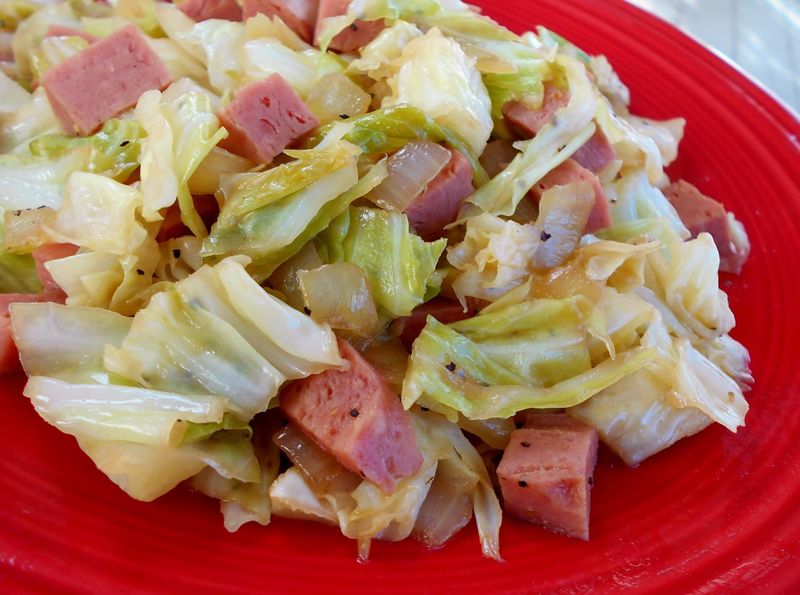
Spam alone divided opinions, but paired with boiled cabbage, the results grew even less appealing. Infamous for its pungent aroma and mushy consistency, this dish disappointed many.
The saltiness of Spam clashed harshly with cabbage’s sulfuric notes, creating a blend neither robust nor palatable.
Nonetheless, it sustained families when few alternatives existed, a testament to wartime resilience.
6. Brown Stew Made with Oxtail or Bones
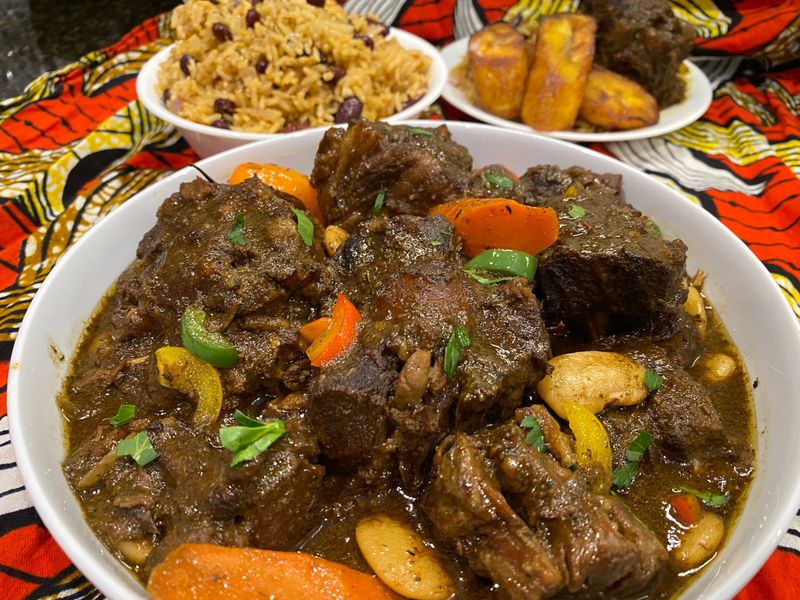
When meat was unavailable, families turned to bones or oxtail to flavor their stews. The result was often a greasy, thin broth with barely any substance.
People tried to bulk it up with potatoes or turnips, but it was still more soup than stew. It might have looked rustic, but it was rarely satisfying.
7. Whale Meat Roast
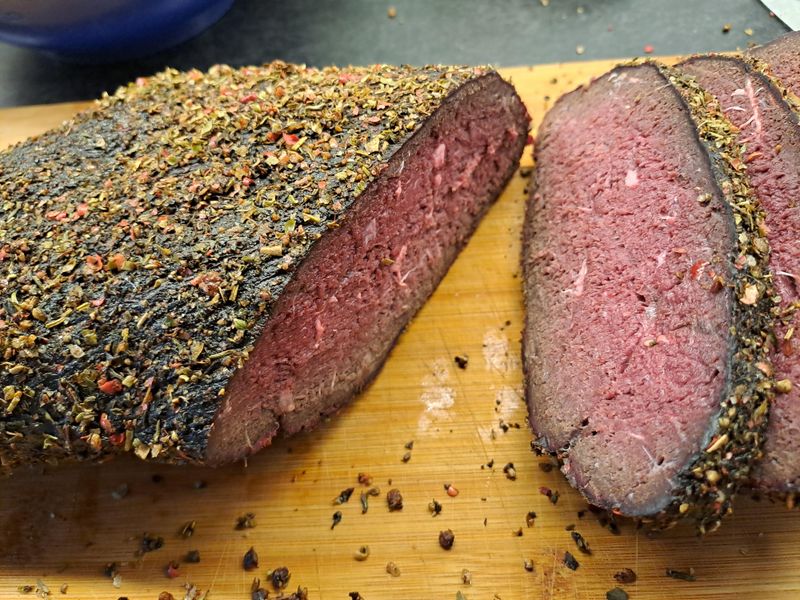
Imported whale meat briefly entered kitchens but failed to win favor. Its gamey flavor and chewy, fibrous texture proved challenging to enjoy, resisting even skilled preparation.
Many households lacked the expertise to cook it well, resulting in meals that felt more like a chore than a source of nourishment. Most families sampled it once, then sought other protein options.
8. Woolton Pie

Named for British food minister Lord Woolton, this vegetable-centric pie gained popularity for its wholesome ingredients. Composed of chopped carrots, turnips, and potatoes beneath a potato or whole wheat crust, it delivered nutrition and satisfaction.
Unpretentious yet flavorful with modest seasoning, it became a household staple, fondly remembered by many for its comforting simplicity.
9. National Loaf
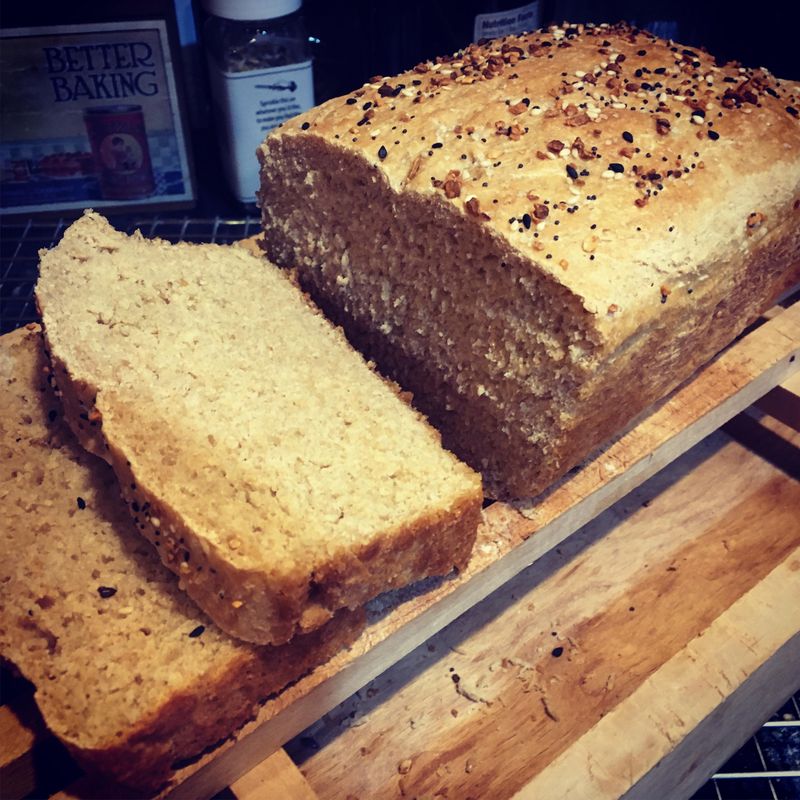
This wholemeal bread was denser than white bread but packed more nutrients. It was slightly coarse in texture but toasted well and had a longer shelf life.
With butter or jam (when available), it became a staple many remember fondly. It even saw a brief comeback in modern times thanks to its high fiber content.
10. Victory Garden Vegetable Soup
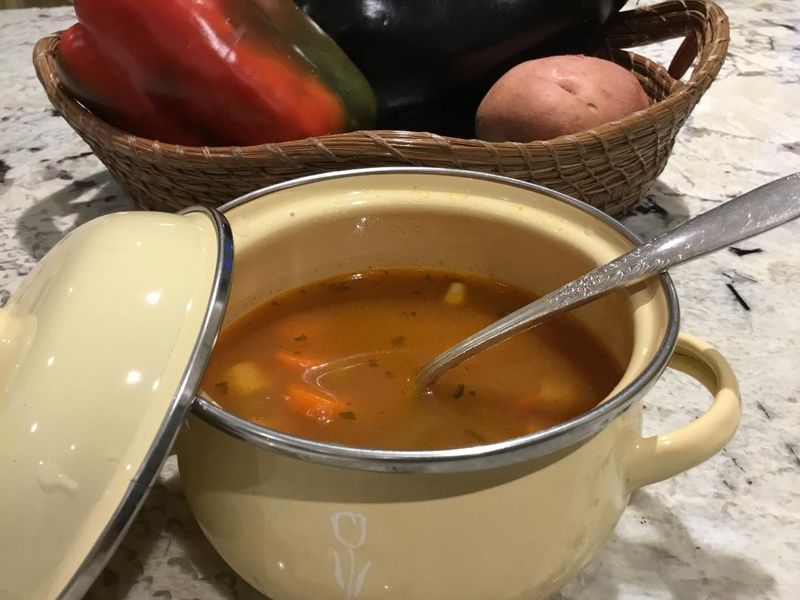
Homegrown vegetables from “Victory Gardens” transformed into vibrant, wholesome soups that burst with fresh flavor. Seasonal ingredients ensured variety, keeping meals engaging and nutritious.
Simple herbs and spices elevated the dish without relying on salt or meat. This recipe empowered cooks, proving that home gardening could yield a truly satisfying meal.
11. Beetroot Chocolate Cake
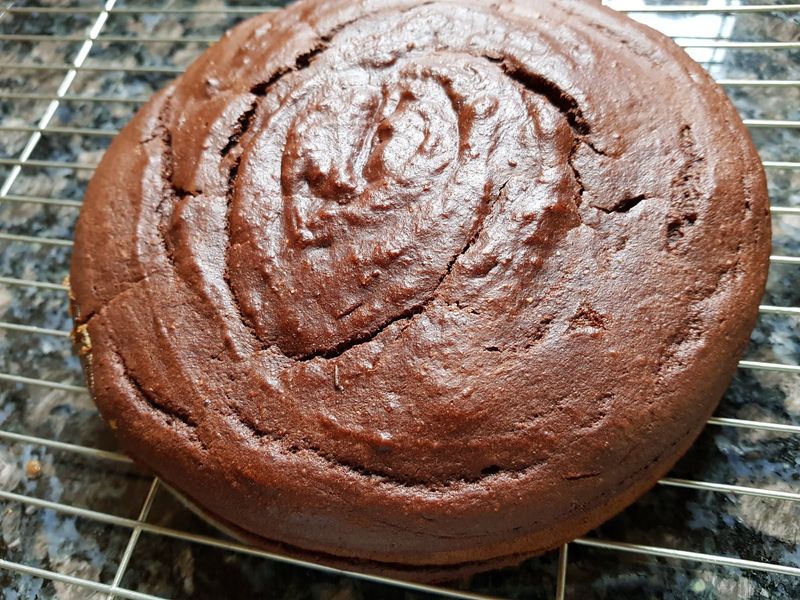
Yes, beetroot! Used to replace some of the sugar and fat in cake, it gave a rich moisture to the dessert. Surprisingly, the beet flavor was almost undetectable, and the result was a soft, slightly earthy chocolate treat.
Even picky eaters were fooled once they took a bite. This one has actually made a modern-day comeback.
12. Rice Pudding with Condensed Milk
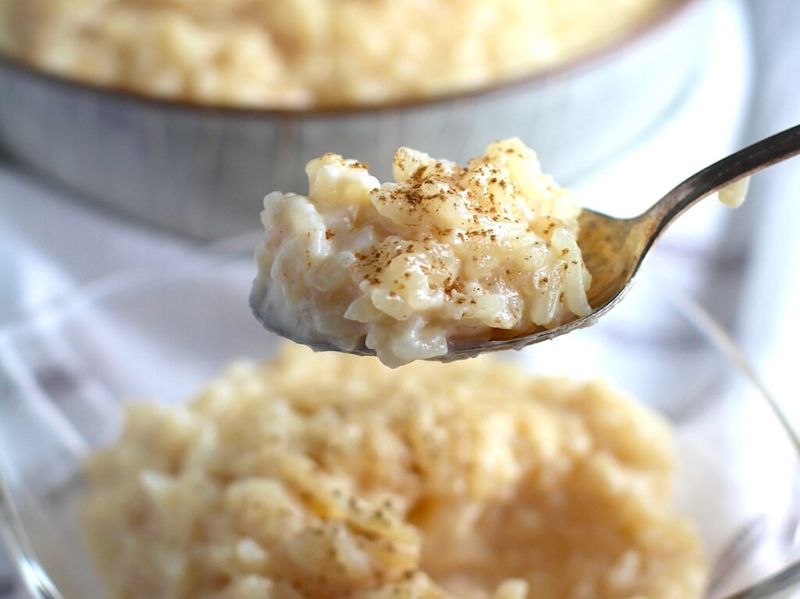
Rice was affordable, and sweetened condensed milk gave it a creamy, indulgent texture. Spiced with cinnamon or nutmeg, this simple dessert was both filling and comforting.
Kids loved it, and it didn’t need eggs or fresh milk to work. It became a cozy, reliable ending to many meager meals.
13. Cheese and Potato Pudding
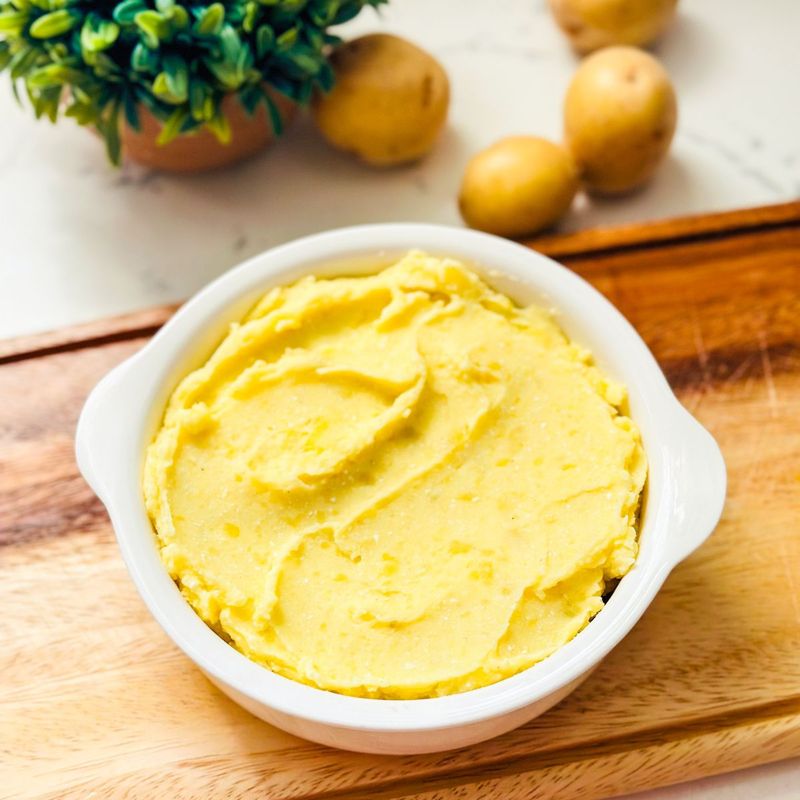
This simple casserole layered mashed potatoes with a bit of cheese and onions, creating something between a savory pie and a hearty bake. The cheese added just enough richness to make the dish feel like a treat.
It was warm, filling, and easy to stretch for large families. For many, it tasted like home.
14. Carrot Marmalade

While it might sound odd, this sweet spread was a surprisingly tasty way to stretch sugar. Boiled with citrus peels and a bit of juice, grated carrots transformed into a bright, zesty preserve.
It was perfect on toast and made with ingredients people often had on hand. A true wartime success story that proved necessity really is the mother of invention.
